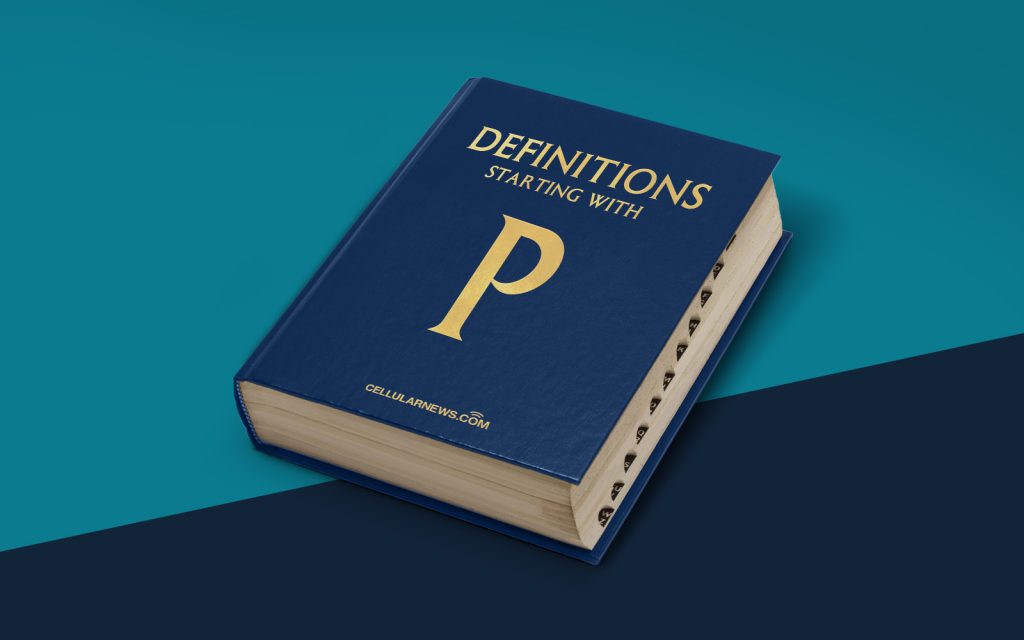
Welcome to the “DEFINITIONS” Category: What is Product Obsolescence?
Do you ever wonder why your modern, cutting-edge gadgets seem to lose their shine faster than you can say “technology”? You may be experiencing a phenomenon known as product obsolescence. In this blog post, we will dive deep into the world of product obsolescence, exploring what it means and how it affects our lives. So grab your favorite device, sit back, and let’s unravel the mystery together!
Key Takeaways:
- Product obsolescence refers to the process where a product becomes outdated, inferior, or no longer useful due to technological advancements or changes in consumer preferences.
- This can occur in various forms, such as technological obsolescence, style obsolescence, and planned obsolescence.
Understanding Product Obsolescence:
Product obsolescence can be a frustrating experience. Just when you thought you had the latest and greatest gadget, a newer version or model comes along, making your beloved device seem antiquated. But what exactly is product obsolescence, and why does it happen?
At its core, product obsolescence refers to the process where a product becomes outdated, inferior, or no longer useful due to technological advancements or changes in consumer preferences. Let’s take a closer look at the different types of product obsolescence:
- Technological Obsolescence: This occurs when a product is replaced by a newer version or alternative that offers improved features, functions, or performance. Think of how smartphones have evolved rapidly over the years, rendering older models outdated.
- Style Obsolescence: Style obsolescence is driven by changes in fashion, design trends, or aesthetics. It often affects industries like fashion and home decor, where what’s considered “in” today may be considered outdated tomorrow.
- Planned Obsolescence: This controversial concept involves designing and manufacturing products with a deliberately limited lifespan to encourage consumers to replace them sooner. While this strategy benefits manufacturers, it can lead to environmental concerns and dissatisfaction among consumers.
Product obsolescence can have significant implications, both for consumers and businesses. For consumers, it means constantly upgrading their devices or products to keep up with the latest trends or advancements. On the other hand, businesses must adapt and innovate to stay ahead of the competition and meet changing consumer needs.
So, what can we take away from this exploration of product obsolescence? Here are two key points to remember:
- In a rapidly evolving world, product obsolescence is inevitable as technology and consumer preferences change.
- Awareness of different types of product obsolescence can help consumers make more informed purchasing decisions and businesses adapt to the ever-changing market landscape.
Now that you have a better understanding of product obsolescence, you can approach your next gadget purchase with a newfound awareness. Embrace the ever-changing world of technology and choose products that align with your needs and preferences. After all, keeping up with the latest trends can be exciting, but sometimes it’s perfectly fine to cherish what you already have!
Stay tuned for more interesting definitions in our “DEFINITIONS” category. Next up, we’ll explore another captivating concept that will expand your knowledge and pique your curiosity!
